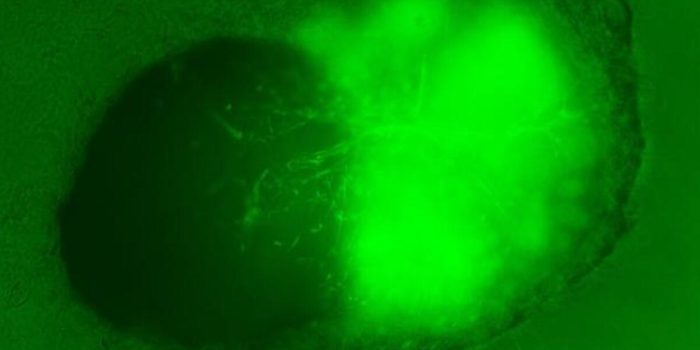There’s been a huge and a quite significant discovery in brain research recently in which organoid experts from Cincinnati Children’s, Mayo Clinic, and UC San Diego have made a major step forward in studying diseases and making new drugs. They have focused on something called the human blood-brain barrier (hBBB), which is highly specialized and also helps in regulation the passage across the blood and the central nervous system (CNS) division. Here’s what they found out:
– BBB assembloids, which closely resemble the key features of the human BBB, have been developed.
– Neuro-vascular crosstalk is crucial in the formation of the BBB.
– Patient-derived BBB assembloids effectively model in vivo cavermoma phenotypes.
– BBB assembloids exhibit smooth muscle cell (SMC) loss and disrupted neuro-vascular interactions in cerebral cavernous malformations (CCMs).
This groundbreaking study holds promise for advancing treatment strategies for various brain disorders, including stroke, cerebral vascular disorders, brain cancer, Alzheimer’s disease, Huntington disease, Parkinson’s disease, and other neurodegenerative conditions.

The blood-brain barrier (BBB) is like a gatekeeper between the blood and the brain’s liquid, according to the National Library of Medicine. It decides what stuff can go in and out, like molecules and ions. This gatekeeper is super important because it keeps bad things away from the brain, but it also makes it hard for good medicines to get through. Scientists are excited about using stem cells to try and fix this problem.
Through stem cell bioengineering, the researchers have developed a novel platform based on human stem cells, enabling the study of the intricate mechanisms governing BBB function and dysfunction. This innovative approach offers unprecedented opportunities for drug discovery and therapeutic intervention, as highlighted by lead corresponding author Ziyuan Guo.
“Now, through stem cell bioengineering, we have developed an innovative platform based on human stem cells that allows us to study the intricate mechanisms governing BBB function and dysfunction. This provides unprecedented opportunities for drug discovery and therapeutic intervention,” said Ziyuan Guo, lead corresponding author and a faculty member in the Division of Developmental Biology at Cincinnati Children’s Medical Hospital.

The key breakthrough in this study is the creation of “BBB assembloids.” These combine brain organoids, which mimic human brain tissue, with blood vessel organoids that copy vascular structures. This blend marks a big step forward in brain organoid research, giving scientists a way to study the human BBB in a lab setting.
“Overall, BBB assembloids represent a game-changing technology with broad implications for neuroscience, drug discovery, and personalized medicine,” Guo shared.
By using stem cells taken from patients, the researchers successfully reproduced the main traits of cerebral cavernous malformations. These are rare brain issues where the blood-brain barrier doesn’t work properly. This model provides fresh understanding into the underlying causes of cerebral vascular disorders at the molecular and cellular levels.
The study has been published in 50 Cell Stem Cell.


